20+ Sample Risk Assessment Report
-
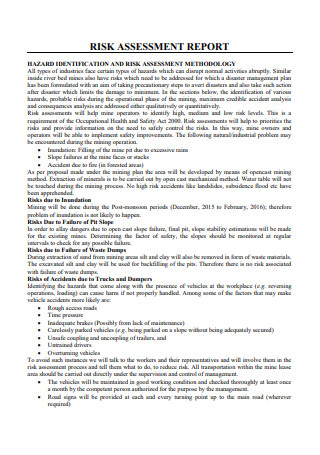
Risk Assessment Report Template
download now -

Basic Risk Assessment Report
download now -
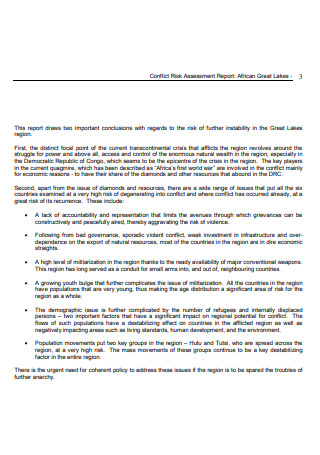
Conflict Risk Assessment Report
download now -
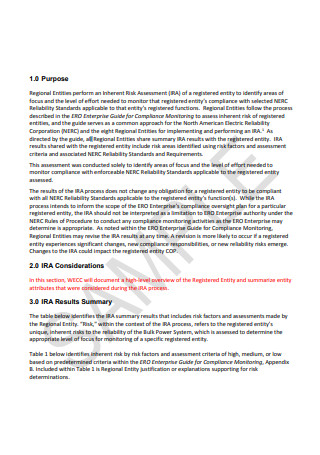
Sample Risk Assessment Report
download now -
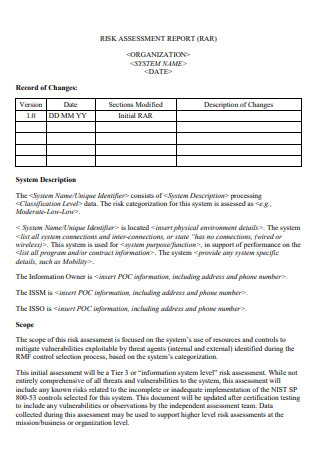
Risk Assessment Report Format
download now -
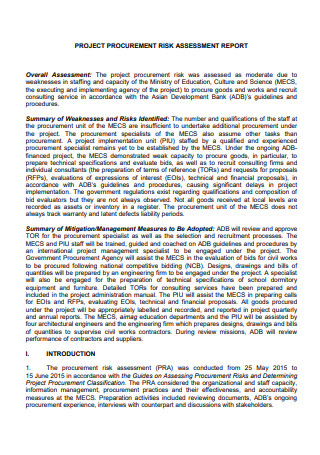
Project Procurement Risk Assessment Report
download now -
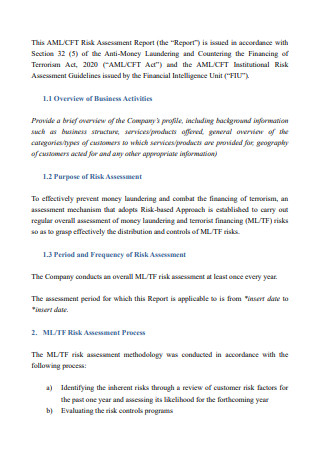
Risk Assessment Report in PDF
download now -
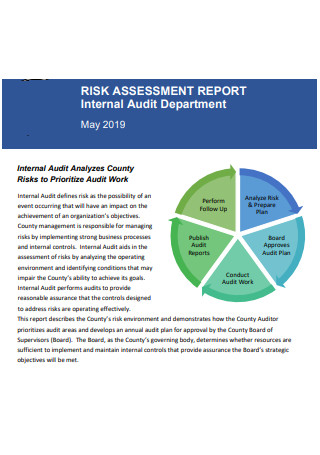
Risk Assessment Internal Audit Report
download now -
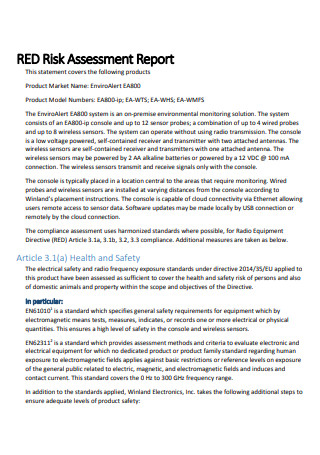
Simple Risk Assessment Report
download now -
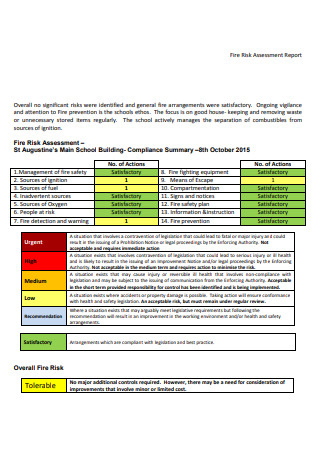
Fire Risk Assessment Report
download now -
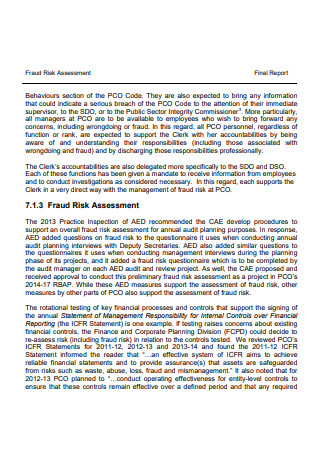
Fraud Risk Assessment Final Report
download now -
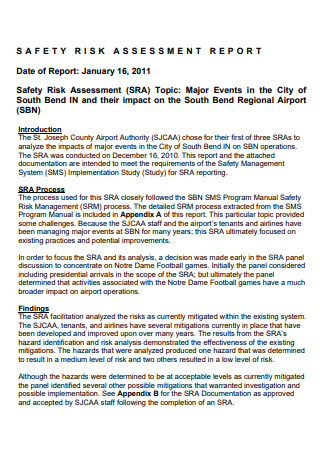
Safety Risk Assessment Report
download now -
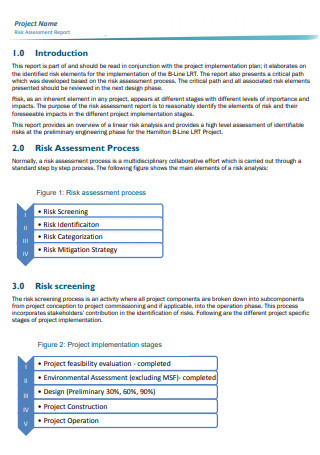
Standard Risk Assessment Report
download now -
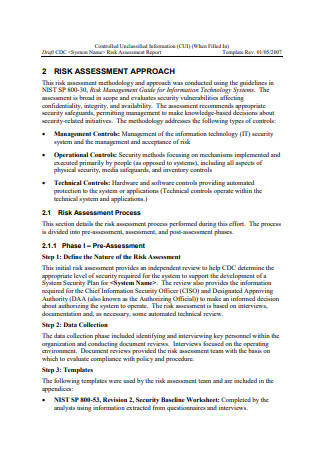
Draft Risk Assessment Report
download now -
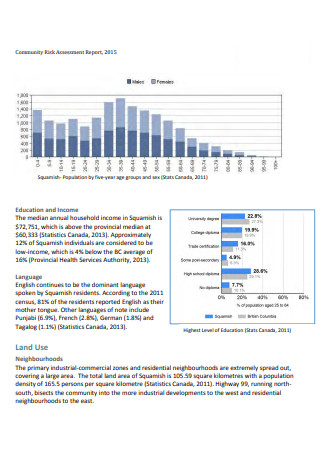
Community Risk Assessment Report
download now -

Core System Risk Assessment Report
download now -

Health Risk Assessment Report
download now -
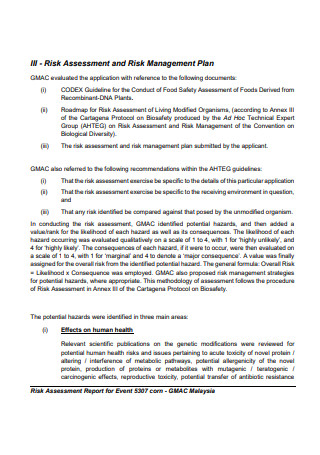
Risk Assessment Report Example
download now -
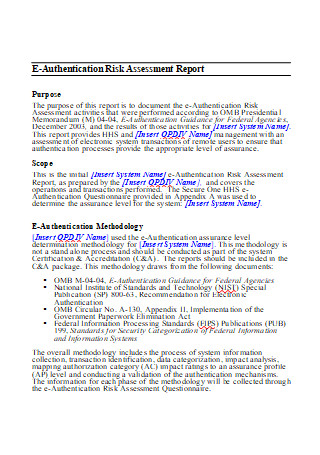
E-Authentication Risk Assessment Report
download now -
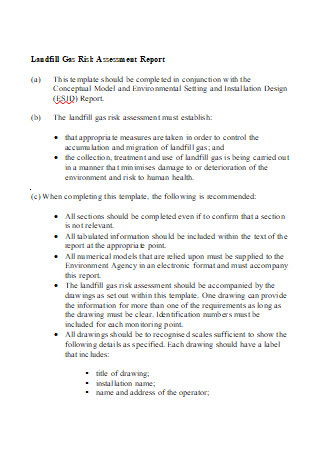
Gas Risk Assessment Report
download now -
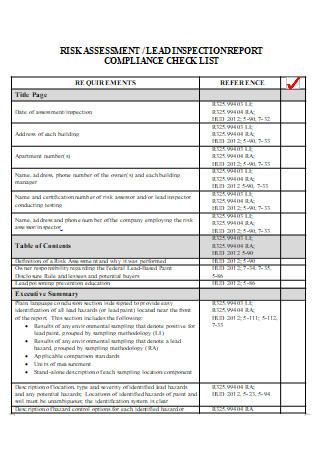
Risk Assessment Inspection Report
download now
FREE Risk Assessment Report s to Download
20+ Sample Risk Assessment Report
What Is a Risk Assessment Report?
Components of a Risk Assessment Report
Types of Risk Assessment
How to Create a Risk Assessment Report
FAQs
What is the goal of conducting risk assessments?
How often must the company conduct risk assessments?
Is there a difference between risk analysis and risk assessments?
What Is a Risk Assessment Report?
A risk assessment report (RAR) is also known as security risk assessment (SAR). According to the definition by the National Institute of Standards and Technology (NIST), a risk assessment report is a document containing the results of a risk assessment plan or the formal outcome of the process of assessing risks. Before writing the report, the company must conduct a thorough evaluation of potential dangers a company might go through in applying a plan. Through the assessments, the business can provide countermeasures, processes, and control procedures to minimize the impact of risks, if there are any. A risk assessment report holds all the necessary information that helps mitigate these hazards.
In a research paper entitled Risk Assessment for Scientific Data from the Data Science Journal, an assessment effort by the National Center for Atmospheric Research (NCAR) resulted in a modernization prioritization from various frameworks and improved records, increasing at a rate of 5%. In the risk assessment report, the flaw resides in the lack of physical attribution of the risk and focuses solely on the framework.
Components of a Risk Assessment Report
Risk assessments come in different forms, and each report follows a particular format depending on the type of risk assessment the organization does. However, when it comes to the crucial parts of the risk assessment included in the report, the elements below show relevance to the document.
Types of Risk Assessment
In terms of writing down risk assessment reports, remember that there are various types of risk assessment. It is crucial for teams or individuals working on the report to have sufficient background and differences, allowing them to manage the hazards of each one. Below are the most common types of risk assessments conducted in various organizations.
How to Create a Risk Assessment Report
Before continuing into your risk assessment processes, you need to identify the scope and purpose for the assessment, all your necessary resources, potential stakeholders, and the statutory rules and regulations covering the evaluation. Writing risk assessments prove to be time-consuming if you do not know about drafting them. Thankfully, there are useful steps to conduct your risk assessments, and these are as follows.
Step 1: Identify All Possible Hazards
The first step into creating a risk assessment report is determining the dangers your employees face in their daily activities. Familiarize yourself with various teams’ and managements’ task lists. Systematically identify physical, mental, chemical, and biological hazards employees face, including slips and trips on the floor, machinery, noise, excess workloads, long hours and overtime work, cleaning fluids, allergic reactions, and infectious diseases. You can get valuable information from employees concerning problems or challenges in their respective lines of work.
Step 2: Determine Scenarios and Individuals Facing the Risks
The organization must assess its employees, visitors, clients, investors, and partners. It is also the employer’s responsibility to review work routines across different departments and locations. It is also necessary to identify duties towards the health and safety of persons with disabilities, comorbidities, night and shift workers, and pregnant and lactating mothers.
Step 3: Evaluate Risks and Take Precautionary Measures
Upon identifying possible risks and the individuals affected by them, consider how each of these dangers causes harm and its severity. It helps your organization determine whether to take new or refined measures to diminish the levels of risk, including which of these hazards must be of the highest priority.
Step 4: Record Your Findings
In terms of putting your findings in a document, the law mandates organizations to record them when there are more than five employees in a company. The report must include information about any hazards in the risk assessment, actions taken to mitigate risks, and the people they affect. The risk assessment report serves as proof of carrying out an assessment and basis for a review of working practices. It must show you have proper checking of the workplace, controlling and dealing with risks, initiating risk mitigation methods, and staff involvement.
Step 5: Review Your Risk Assessments
Remember that different workplaces and industries undergo rapid changes, meaning that the organization’s risks change over time. Risk assessment reports must undergo periodical reviews to ensure safe working practices and conditions persist and account for new systems and equipment, staying above new hazards.
FAQs
What is the goal of conducting risk assessments?
The main goal of risk assessments is to evaluate hazards, removing or mitigating their effects by researching, strategic planning, and implementing control measures as the organization deems necessary. In doing so, you provide a safer and healthier working environment for your staff. It also answers essential questions about the possibilities of risks and their circumstances, possible consequences, probability of occurrence, the effectiveness of risk management, and further actions.
How often must the company conduct risk assessments?
There are various reasons for conducting risks assessments. Employers must administer risk assessments whenever new vacancies or jobs produces new hazards to the organization. Determine if vacancies are influenced by factors affecting turnovers and provide solutions, like employee enagagement surveys and training. It is also necessary to conduct risk assessments if changes are alerting the organization of new hazards, including an increase in leaves, issues on burnouts, and recurring absences. There is a need for risk assessments from the introduction of new machinery or processes.
Is there a difference between risk analysis and risk assessments?
Risk assessments help you identify possible risks and break them down into categories. It also provides an outline of potential consequences associated with identified risks. It involves systems and methods that classify, evaluate, and report all risk-related matters. Meanwhile, risk assessments involve crucial evaluation processes, determining the significance of risk factors. It also measures the likelihood of circumstances and resistances to these risks following particular events. It produces the possibility of prioritizing high-risk instances and set approaches to lessen their occurrence.
Incorporating risk assessments reports are a critical and mandatory procedure in any organization. These risk assessment reports help record findings of risk assessments that help your company lessen the impacts of risks to employees and organizations. It is necessary to identify these risks and record them to produce helpful alternatives and processes for the organization to reduce or completely remove these hazards. It also helps to review these documents to make adjustments and improvements, helping the company in the future. In the words of Kelly Barnhill, “That’s the magic of revisions – every cut is necessary, and every cut hurts, but something new always grows.” Do not be afraid of improving and making revisions to your report as it positively affects the organization. Use and download the risk assessment reports available above and start providing your business its best defense against hazards.
